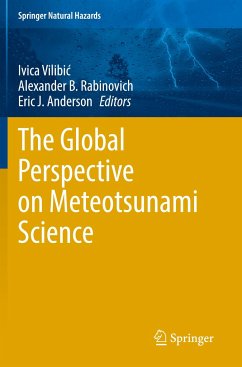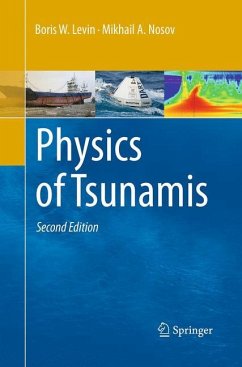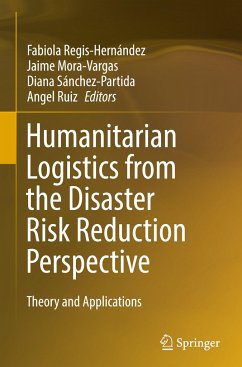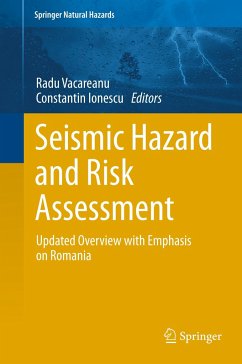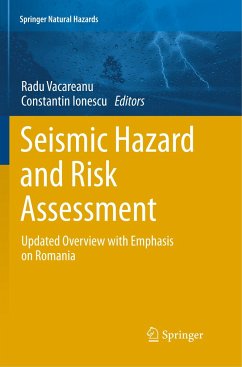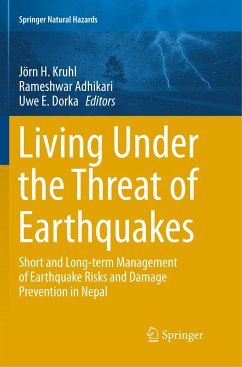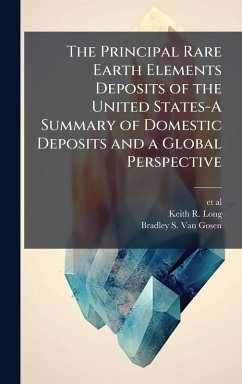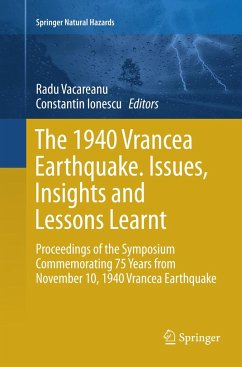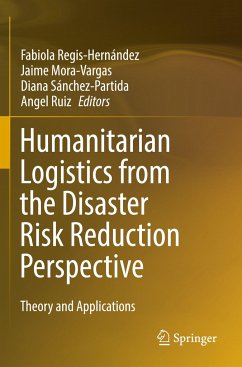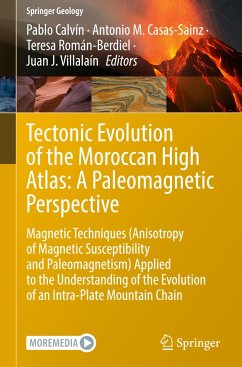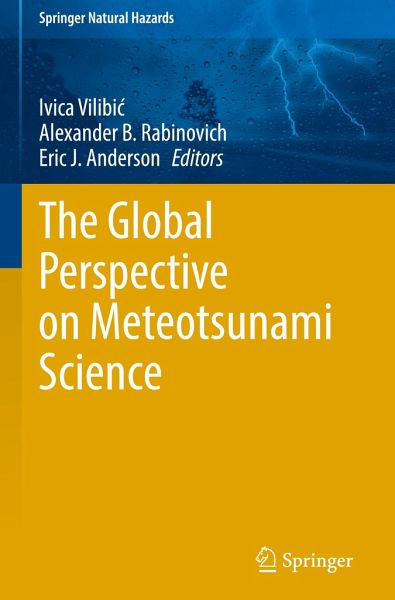
The Global Perspective on Meteotsunami Science
Versandkostenfrei!
Versandfertig in 6-10 Tagen
121,99 €
inkl. MwSt.

PAYBACK Punkte
61 °P sammeln!
This book contains a collection of papers from the special issue on the global perspective on meteotsunami science, published in Vol. 106 (2) of the journal Natural Hazards. By topic, the contributions are covering overview studies, case studies of actual events, introduction of new insights into meteotsunami modelling, new techniques in meteotsunami monitoring and detection, and those describing meteotsunami operational and forecast systems. More than half of all papers describe specific meteotsunami events observed in most of the world ocean basins, some others at a rudimentary level recall ...
This book contains a collection of papers from the special issue on the global perspective on meteotsunami science, published in Vol. 106 (2) of the journal Natural Hazards. By topic, the contributions are covering overview studies, case studies of actual events, introduction of new insights into meteotsunami modelling, new techniques in meteotsunami monitoring and detection, and those describing meteotsunami operational and forecast systems. More than half of all papers describe specific meteotsunami events observed in most of the world ocean basins, some others at a rudimentary level recall previous extreme episodes, while several papers contain thorough analysis of either atmospheric conditions or oceanic sea-level response.
The book is intended for specialists in oceanography and atmospheric sciences, tsunami and fluid dynamics scientists, climatologists, coastal hazard agencies and managers, ocean engineers and many others, including students and science policy-makers, inparticular in the regions affected by this potentially destructive coastal hazard.
The chapters "Proudman resonance with tides, bathymetry and variable atmospheric forcings", "Long wave generation and coastal amplification due to propagating atmospheric pressure disturbances", "On the potential of ensemble forecasting for the prediction of meteotsunamis in the Balearic Islands: sensitivity to atmospheric model parameterizations", and "Combined hazard of typhoon-generated meteorological tsunamis and storm surges along the coast of Japan" are available open access under a Creative Commons Attribution 4.0 International License via link.springer.com.
Previously published in Natural Hazards, Volume 106, Issue 2, 2021
The book is intended for specialists in oceanography and atmospheric sciences, tsunami and fluid dynamics scientists, climatologists, coastal hazard agencies and managers, ocean engineers and many others, including students and science policy-makers, inparticular in the regions affected by this potentially destructive coastal hazard.
The chapters "Proudman resonance with tides, bathymetry and variable atmospheric forcings", "Long wave generation and coastal amplification due to propagating atmospheric pressure disturbances", "On the potential of ensemble forecasting for the prediction of meteotsunamis in the Balearic Islands: sensitivity to atmospheric model parameterizations", and "Combined hazard of typhoon-generated meteorological tsunamis and storm surges along the coast of Japan" are available open access under a Creative Commons Attribution 4.0 International License via link.springer.com.
Previously published in Natural Hazards, Volume 106, Issue 2, 2021



